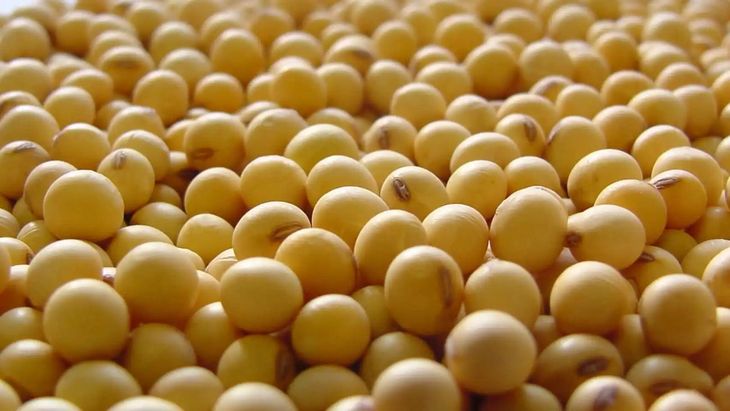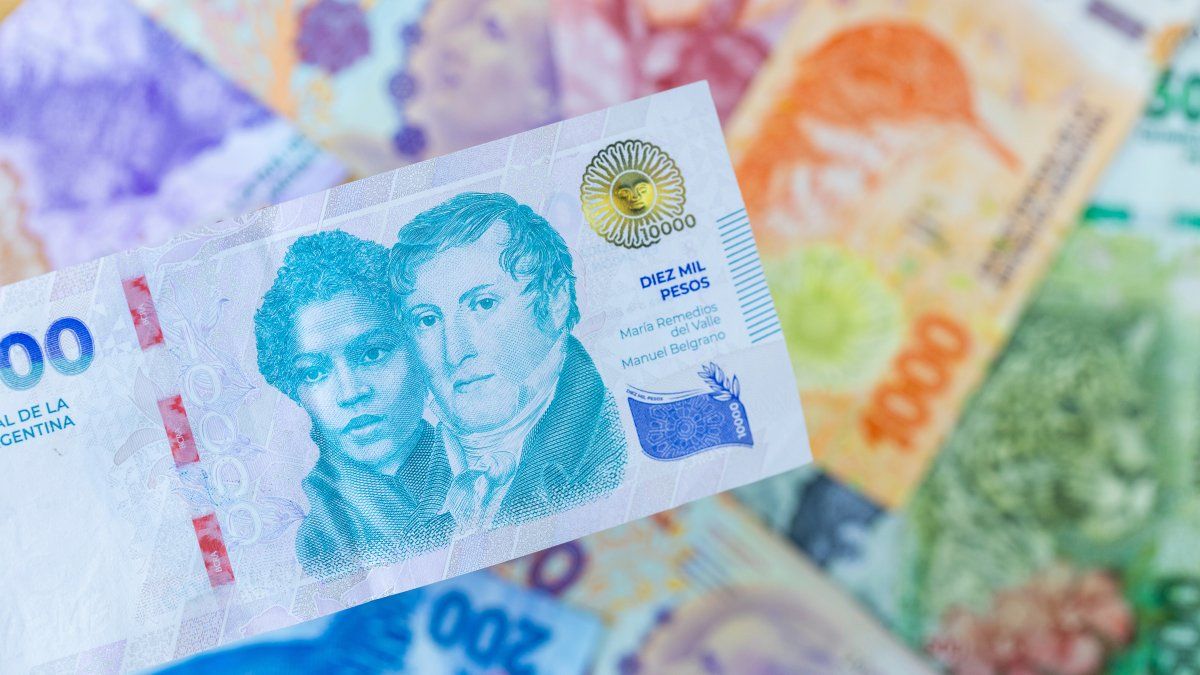The Chamber of the Oil Industry of the Argentine Republic (Ciara) and the Cereal Exporters Center (CEC)entities that represent the 48% of the exports companies, reported this Saturday that during March companies in the sector liquidated $1,228.6 million and 2,802 million dollars in the first quarter of the year.
The March number represented the second lowest March since 2020although a 90% greater than in February 2023.
Bag of Cereals Wheat agricultural field.jpg
“The income of foreign exchange in March is a reflection of a market strongly affected by the extreme drought which has drastically reduced production, and which has led ports and grinding plants to operate with extremely high levels of idle capacity (the highest in history),” the entities indicated.
So far in 2023, of January to MarchCiara and CEC indicated that 2,802,004,415 dollars were liquidated. They added that “the monthly income of foreign currency, transformed into pesos, is the mechanism that allows us to continue buying grain from producers at the best possible price.
The foreign exchange settlement is fundamentally related to the grain purchase which will then be exported, either in their same state or as processed products, after industrial transformation”.
Drought in Argentina.jpg

Most of the foreign exchange income in this sectoror occurs well in advance of exportanticipation that is around 30 days in the case of the export of grains and reaches up to 90 days in the case of the export of oils and protein meals.
The oilseed-cereal complex, including biodiesel and its derivatives, contributed last year 48% of the total of Argentine exportsaccording to data from INDEC.
The country’s main export product is soybean meal. (14.2% of the total), which is an industrialized by-product generated by this agro-industrial complex, which currently has a high idle capacity close to 50%. He second The most exported product last year, according to INDEC, was the corn (11%) and the third was the soy oil (6.9%).
soybean.jpg

The Government announced this week the implementation of a new differentiated exchange rate for the countryside, within the framework of the implementation of a plan of exchange stabilization, in a context in which it is sought to promote the liquidation of dollars in the coming months due to the lack of supply of commercial currencies.
The new program consists of an expanded version of the soybean dollar, in line with what the exporters requested, who were asking for a “agro dollar”. It will begin to be applied from April to exporters of other products: in addition to soybeans, wine, apples, rice and peanuts will be added, among others. The first version, only for soybeans, comes into force as of April 1st.
Source: Ambito




